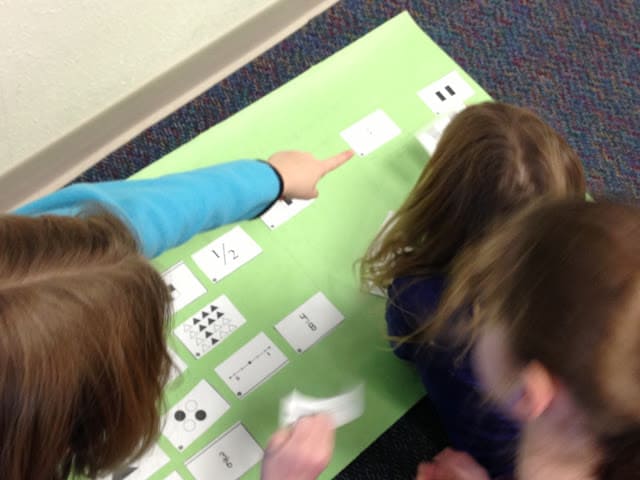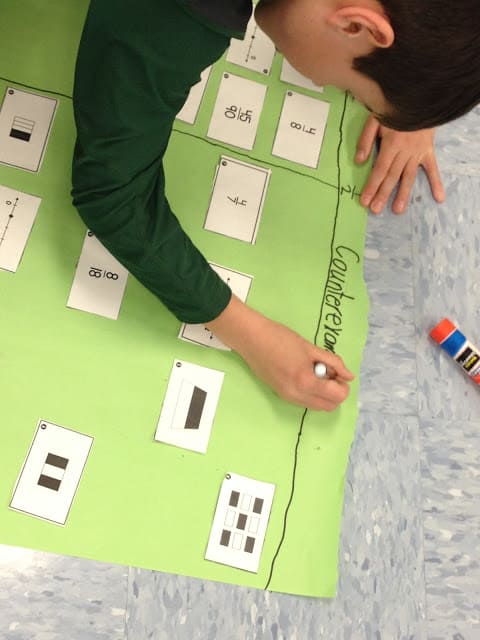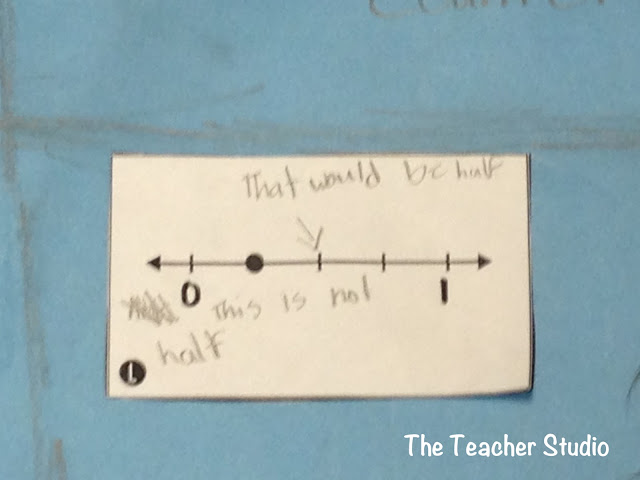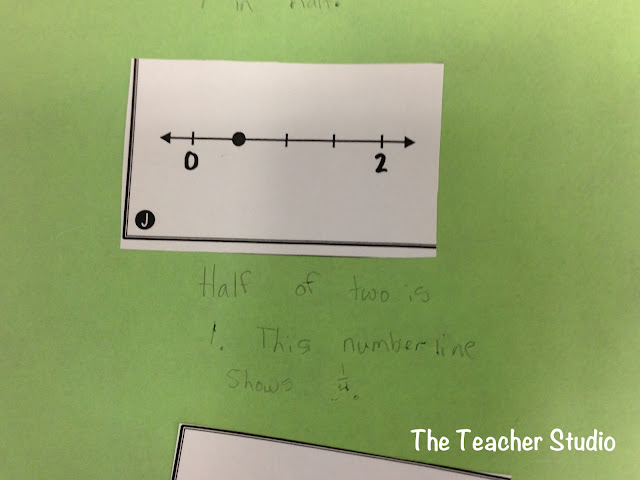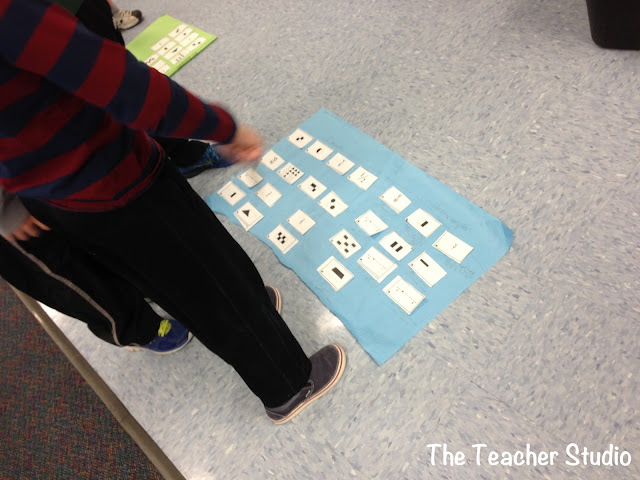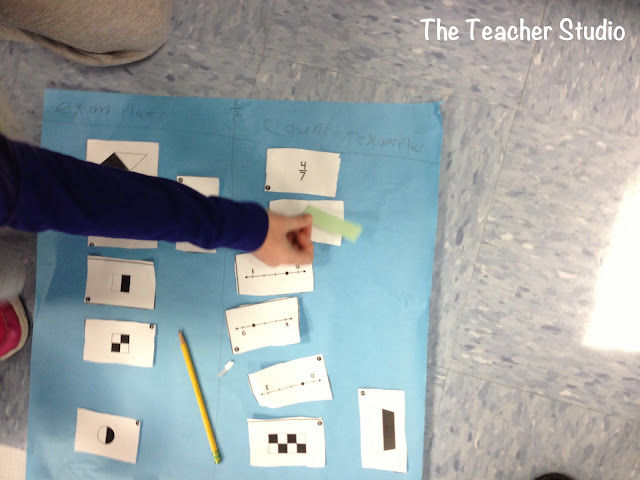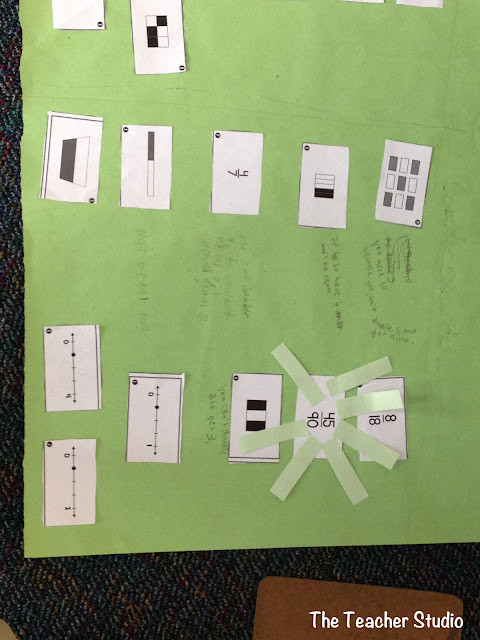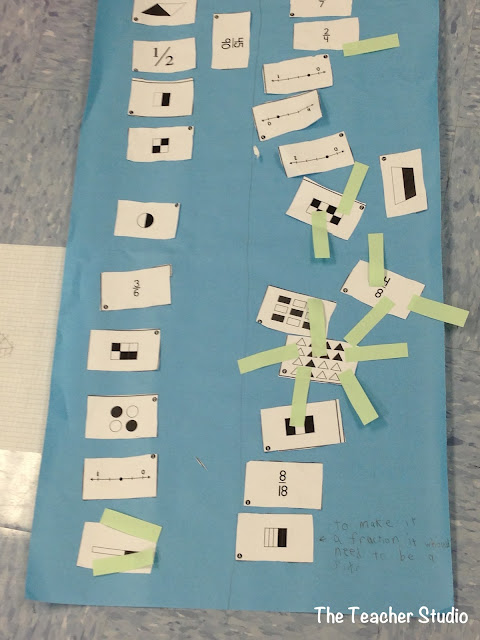One thing that I really like to work on with my students is organizing their learning in different ways. One method I have found to be very successful is to ask students to take work
samples or problem types and sort them into categories. People who use Words Their Way do this all the time with students as they look for sound or letter patterns that help them understand how words are put together. I find concept sorts particularly useful in math and the content areas as well–and I really believe it helps students make connections among ideas and help them to see how things are connected. In fact, two of Marzano’s effective teaching strategies–cooperative learning and identifying similarities and differences–are addressed with this activity. If research has shown solid evidence that categorizing and finding similarities and differences works—I’m all for it!
samples or problem types and sort them into categories. People who use Words Their Way do this all the time with students as they look for sound or letter patterns that help them understand how words are put together. I find concept sorts particularly useful in math and the content areas as well–and I really believe it helps students make connections among ideas and help them to see how things are connected. In fact, two of Marzano’s effective teaching strategies–cooperative learning and identifying similarities and differences–are addressed with this activity. If research has shown solid evidence that categorizing and finding similarities and differences works—I’m all for it!
How to use math sorts to teach fractions
Here is how I tend to use these sorts—although please know that there is no RIGHT way! (And another way will be blogged about soon) Get creative and let the students guide you as you go. Here is one example of a sort I did with my students. I started by splitting my class into groups of 3. (I like trios for lots of reasons…because it allows for better dialogue, it helps strugglers, and also allows for one extra person in case a third person gets pulled out of the group or has to leave for any reason!) For this sort, I gave each group a small piece of bulletin board paper for them to do their sort. They grabbed their sort cards, cut, and started to organize them!
As my students sorted, I simply walked around and eavesdropped! It was a great time to listen for math language, to listen for any misconceptions, and to see who was feeling confident and who was not.
Sit back and “kid watch”!
Students begin to question each other, ask questions of each other, and help one another come to higher levels of understanding. My role is simply to be an observer—I really don’t get involved at this point…even if I see errors. Trust me on this!
This sort was an example/counterexample sort…I wanted the students to decide if the fraction card I gave them was an “example” of 1/2 or a “counterexample” of 1/2. This group was getting their T-chart all set up.
Now…it would be plenty easy to have the students stop at this point, but I am working hard with mine on to get them to use their writing skills in math and to work on that “critiquing reasoning” standard. So I had my students actually write on their posters to explain why all their “counterexamples” were NOT 1/2!
I gave the students a total of 15 minutes to do this job—and there were a few groups that did not get every card sorted. That’s okay. If I gave some groups 45 minutes, they may not have finished! I like to keep things moving—I even had a visual timer up on my Smartboard so they know how much time they had left.
Time to study our “fractions” thinking!
After the time was up, I continued the activity with a gallery walk. Although actually DOING the sort is a valuable activity, gallery walks can add a whole new level of critique to the lesson! Each trio took a post it note and cut it into three “tags”. They were allowed to “tag” up to three spots on other groups’ papers where they felt an error was made. Here’s what it looked like!
Finished? Not yet! Each group then went back to their “home base” and looked at the results. They then discussed any “flagged” items and we went through some of the most challenging ones as a class. The entire activity took us 25 minutes from start to finish! Are you ready to give it a try? I have included FIVE different fraction sorts for you—including the one pictured above.
I really find these activities to be meaningful, and I hope you do as well! Have a great weekend.
Want to try a sort for free? Check out this algebraic thinking sort!
Looking for an entire fraction unit? Check out this best seller!
Want even MORE fraction resources? Try my Fraction Toolkit with TEN fraction resources.





